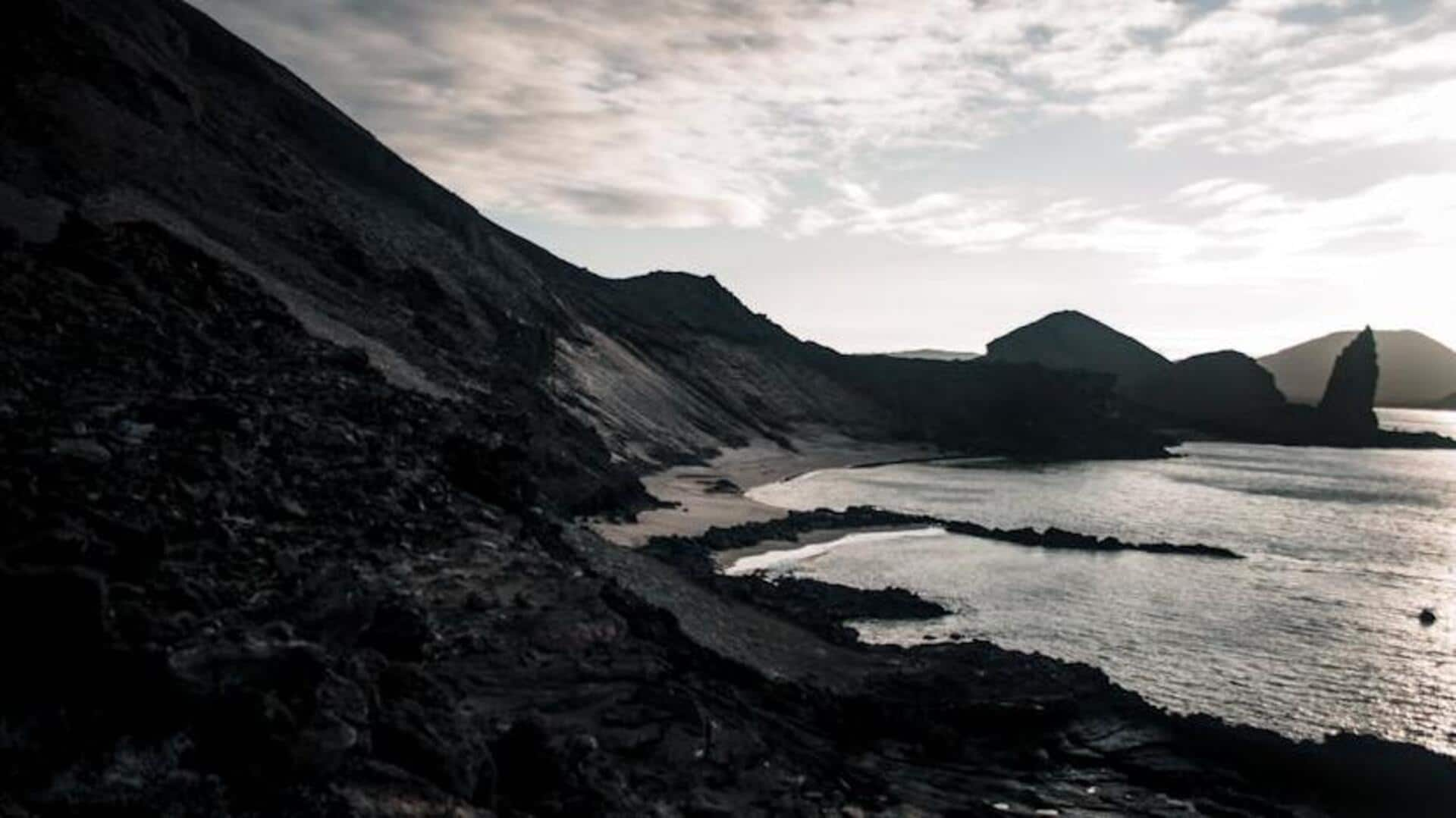
Navigating the Galapagos Islands, Ecuador: A unique adventure
What's the story
The Galapagos Islands, located off the coast of Ecuador, offer a unique blend of natural beauty and wildlife. This archipelago, made famous by Charles Darwin's research, is a haven for nature lovers and adventure seekers alike. The islands' diverse ecosystems and rare species make them an unparalleled destination for those looking to explore one of the world's most extraordinary places.
Itinerary planning
Plan your island hopping tour
When visiting the Galapagos Islands, planning your island-hopping itinerary is crucial. Each island offers distinct landscapes and wildlife experiences. Start with Santa Cruz Island for its research stations and tortoise breeding centers. Next, head to Isabela Island to see penguins and snorkel in crystal-clear waters. Don't miss Floreana Island for its flamingo lagoons and Post Office Bay, where 18th-century whalers used to leave mail.
Underwater exploration
Snorkeling with unique marine life
Snorkeling in the Galapagos is a memorable experience, offering clear visibility of sea turtles, playful sea lions, colorful fish, and sharks. Key spots include Devil's Crown on Floreana Island and Kicker Rock near San Cristobal Island. These locations are known for their rich marine life. No prior experience is required for snorkeling; visitors can either bring their own gear or rent it locally.
Wildlife watching
Encounter endemic wildlife up-close
One of the most compelling reasons to visit the Galapagos Islands is the opportunity to observe endemic wildlife up close in their natural environment. From giant tortoises lumbering through vegetation on Santa Cruz Island to marine iguanas sunbathing on Fernandina's rocky shores, these encounters are awe-inspiring. Respectful observation at a safe distance allows for both protection of wildlife and an enriching experience for visitors.
Trail trekking
Hike volcanic landscapes
Hiking in the Galapagos offers breathtaking views of unique volcanic landscapes. Trails range from easy walks to more challenging treks up Sierra Negra on Isabela Island, one of the world's largest volcanic craters. Always follow marked trails with a guide who can ensure safety and provide insights into the geological history and significance of these formations.